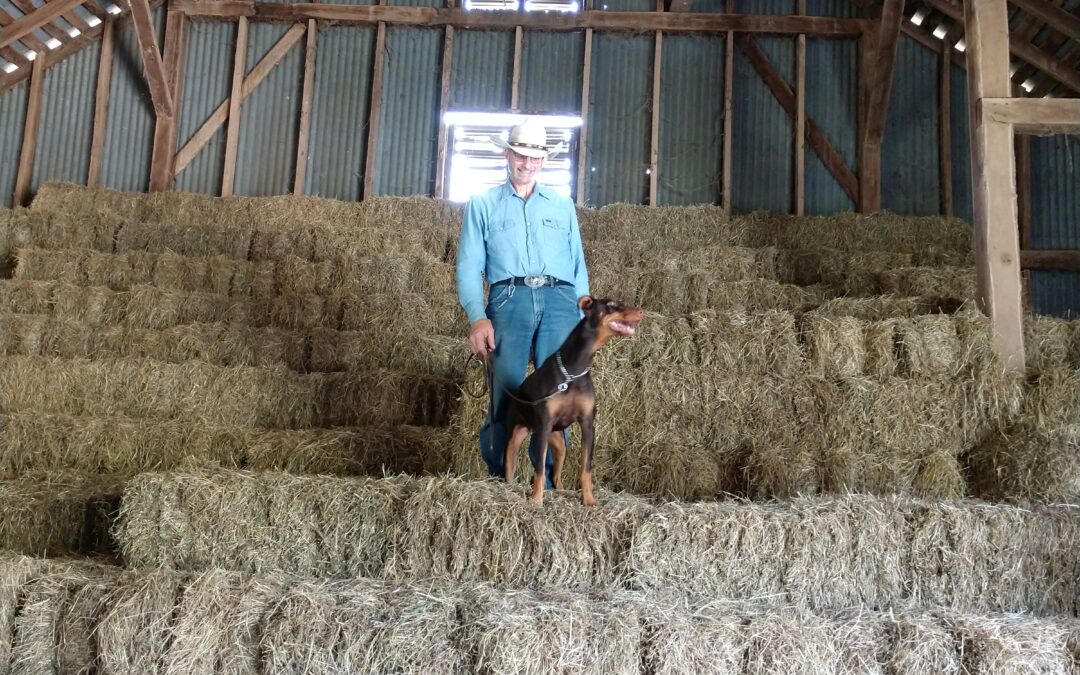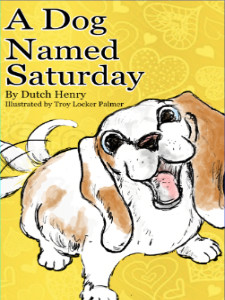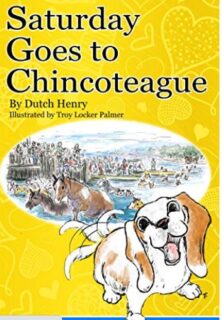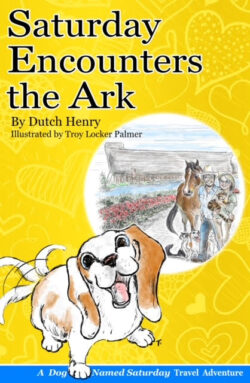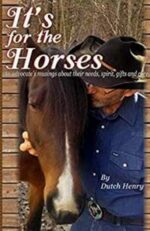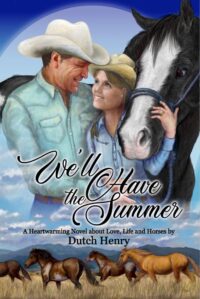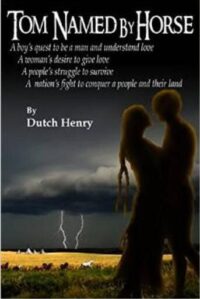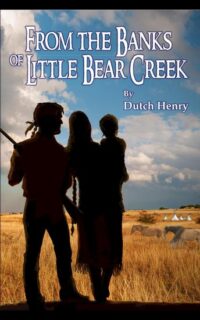Howdy Friends! Do you know what’s in your horse’s hay?
Be sure to test your hay. In many cases the sugar and non-structured carbs are much higher than we think.
Your County Extension Officer will happily test it for you. Best horse hay will be no higher than 10% non-structured carbs, or sugar.
It seems today we are seeing too many IR horses.
Are there truly more, or are we just becoming more aware of what to look for? That’s a good question, but whatever the answer, we need to focus on how we might prevent and/or manage our horses. Read more horse care in my book “It’s For The Horses.”
Many of the forages were researched and developed for cows with calves at their sides.
Most cool season grasses found in horse pastures and hayfields are high in sugar today. Recently, even the old standbys Orchard grass and Timothy are found often to be high in sugar. Alfalfa is not a good answer because it because it tends to be higher in digestible energies, calories and protein than grasses. More calories can create weight gain, and too much protein is not great for horses.
What can we do?
Of course testing is very important. Know your hay’s sugar content. Mowing hay early in the morning can help. Sugar is lowest less then. Limit pasture. Overweight horses munching all day on pasture is not a good thing. All pasture grasses today have been hybridized to contain more sugar to withstand heavy grazing. Again, research focuses on cows, not horses. Pasture grass is not the horse’s best friend.
Laminitis does not usually occur “overnight” rather it’s the result of cumulative build ups.
If you find you’ve purchased a good supply of hay, then test and you discover high sugar, soaking for 20 or so minutes before feeding is the best option. ALWAYS use fresh water. Never reuse the water.
Horses are tough and carry on even if things are not as they should be and we go merrily along not realizing we are setting them up for problems. For peace of mind, “Don’t Guess, Test.” ~ Gitty Up, Dutch.

